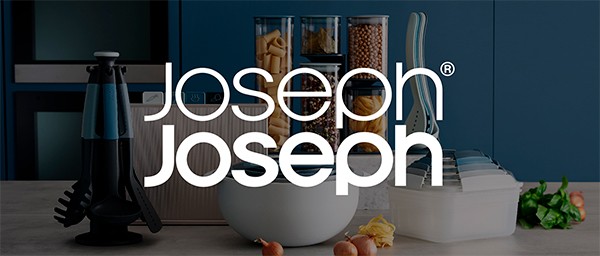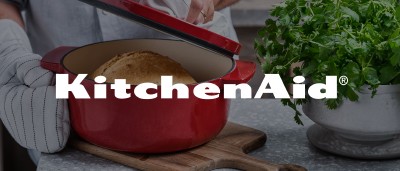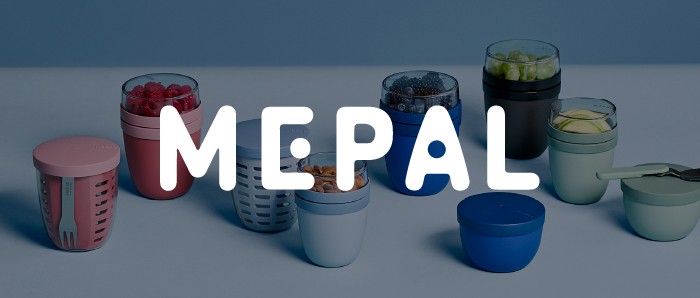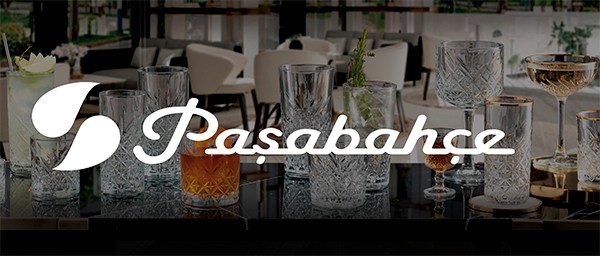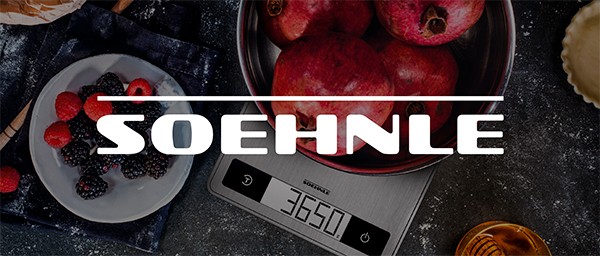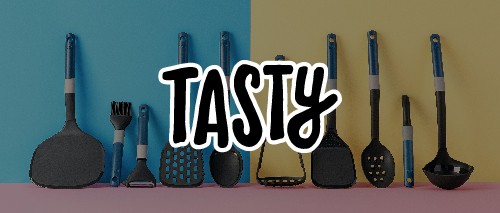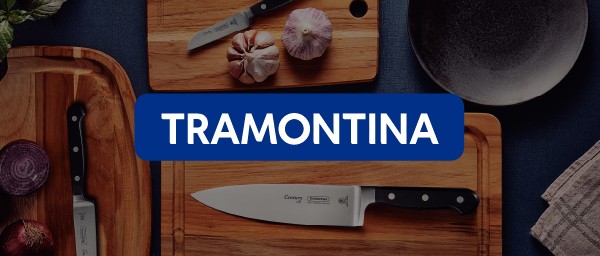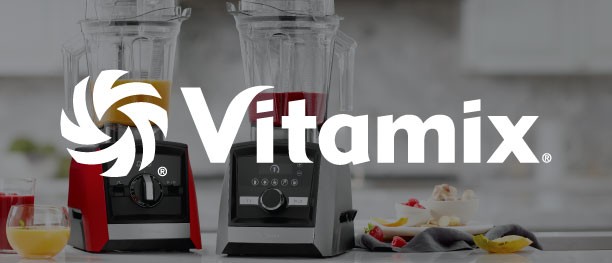Best Cookware Material for Health – Safe, Non-Toxic, and Durable Cooking Solutions for a Healthier Kitchen
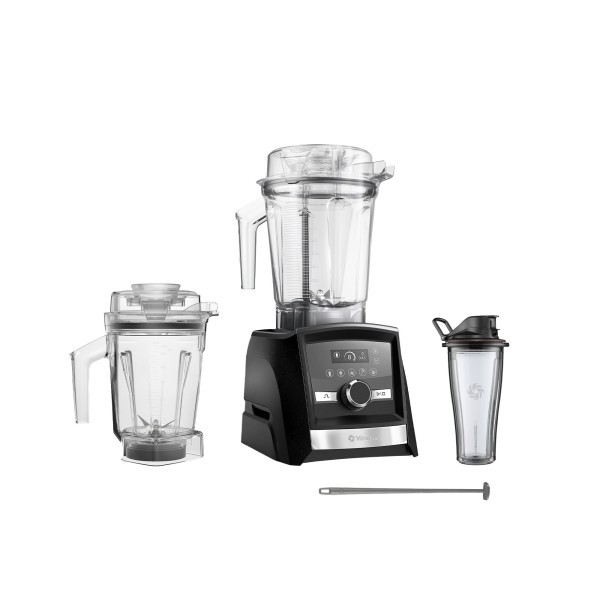

ASCENT® Series A3500i High-Performance Blender - Bundle Collection - Vitamix
Vitamix


ASCENT® Series A3500i High-Performance Blender - Black Stainless - Vitamix
Vitamix


ASCENT® Series A3500i High-Performance Blender - Brushed Stainless - Vitamix
Vitamix
When it comes to preparing nutritious meals for you and your family, the cookware you choose can make a significant impact on both the taste of your food and your health. In New Zealand, more and more people are becoming conscious about the materials used in their cookware and how they affect not only the food they eat but also their long-term health. With growing concerns about harmful chemicals leaching into food from cookware, it’s important to choose materials that are non-toxic, durable, and safe to use every day.
The best cookware materials for health are those that allow you to cook efficiently without introducing harmful substances into your food. From non-stick pans to stainless steel, cast iron, and ceramic cookware, there is a wide range of options available, each with its unique benefits. This guide will help you navigate the various cookware materials, making it easier for you to select the best options for your kitchen, ensuring you cook with peace of mind and safety.
Understanding the different types of cookware materials and their impact on health is essential for every home cook. The best cookware materials are designed to be durable, non-toxic, and safe for both you and the environment. Whether you’re looking for options that help retain nutrients, require less oil for cooking, or are easy to clean and maintain, choosing the right cookware can enhance your cooking experience and contribute to better health.
Key Features
-
Non-Toxic Materials: The best cookware materials are made from non-toxic substances that do not leach harmful chemicals
like PFAs (perfluoroalkyl substances) or lead into your food, providing you with a safer cooking experience.
-
Durability and Longevity: The right cookware materials should be strong and durable, resisting wear and tear over time,
ensuring that they last for many years without deteriorating.
-
Heat Retention and Distribution: High-quality cookware materials distribute heat evenly across the surface, helping you
cook your meals more efficiently and preventing hot spots that can cause uneven cooking.
-
Non-Stick Surfaces: Materials like ceramic or high-quality non-stick coatings reduce the need for excess oils and fats in
cooking, promoting healthier meals while ensuring easy food release and minimal cleanup.
-
Oven and Dishwasher Safe: Some cookware materials, like stainless steel and cast iron, are designed to be oven-safe,
offering versatility for various cooking methods. Additionally, some materials are dishwasher-friendly for added convenience.
-
Eco-Friendly Options: Many of the healthiest cookware materials are also environmentally friendly, being made from
renewable or recycled resources, and are often free from harmful chemicals and coatings.
-
Scratch-Resistant: Cookware made from high-quality materials, such as cast iron or stainless steel, is resistant to
scratching, helping to maintain its integrity and appearance over time.
Benefits
Choosing the best cookware material for health offers a variety of benefits, from better-tasting food to greater peace of mind while
cooking. Here are some of the key benefits of selecting the right cookware material for your kitchen:
-
Improved Food Safety: Using cookware made from non-toxic materials ensures that harmful chemicals like PFOA, lead, and
cadmium are not leaching into your food. This helps reduce the risk of long-term health issues associated with exposure to these substances.
-
Healthier Cooking: Non-stick cookware allows you to use less oil, which can help lower the calorie content of your meals.
Cooking with non-stick surfaces also reduces the need for cooking sprays that contain chemicals or artificial ingredients.
-
Better Heat Distribution: Materials like cast iron, stainless steel, and copper ensure that heat is evenly distributed
across the cooking surface, promoting more consistent cooking and preventing burning or undercooking of food.
-
Durable and Long-Lasting: Investing in high-quality cookware means that you won’t need to replace your kitchen tools as
frequently. The best cookware materials resist scratches, chips, and other damage, extending the life of your cookware and saving you money
in the long term.
-
Enhanced Cooking Performance: Cookware made from high-performance materials ensures that you cook efficiently and more
effectively. Materials like copper and stainless steel provide excellent heat conduction, allowing you to cook food faster and at the right
temperature.
-
Easy to Clean: Non-stick materials and ceramic cookware are designed for easy cleaning, reducing the time and effort
required to keep your kitchen in top condition.
-
Sustainable and Eco-Friendly: Many high-quality cookware materials are made from sustainable sources, such as recycled
aluminum or renewable bamboo. This helps reduce your carbon footprint and contributes to a more sustainable future.
-
Versatile Cooking Options: Whether you are roasting, sautéing, frying, or baking, the best cookware materials can handle
all cooking methods, providing versatility and adaptability in your kitchen.
How to Use
-
Choose the Right Cookware for the Job: Not all cookware materials are suited for every type of cooking. For example, cast
iron is perfect for slow cooking and searing, while stainless steel is ideal for making sauces and sautéing. Choose your cookware based on
the cooking method and the type of food you are preparing.
-
Preheat Your Cookware: For materials like cast iron, it’s important to preheat the pan slowly to avoid warping. Always heat
your cookware to the appropriate temperature to ensure even cooking and prevent food from sticking.
-
Use the Right Utensils: When cooking with non-stick cookware, it’s important to use silicone or wooden utensils to avoid
scratching the surface. For stainless steel or cast iron cookware, metal utensils are fine, but be sure to avoid using them on delicate
non-stick coatings.
-
Clean After Each Use: To maintain the integrity of your cookware, clean it after every use. For non-stick cookware, avoid
using abrasive scrubbers that can damage the coating. Stainless steel and cast iron require specific cleaning methods to preserve their
appearance and performance.
-
Store Properly: Store your cookware in a cool, dry place to prevent any damage or deterioration. Use pot protectors for
stacking cookware, especially if you have non-stick or ceramic cookware that can be scratched.
-
Season Cast Iron: For cast iron cookware, regular seasoning is essential to maintain its non-stick properties and prevent
rust. After cleaning, rub a thin layer of oil over the surface and heat it to seal in the coating.
Why Choose This Product
Choosing cookware made from the best materials for health is not just about getting the best performance, but also about protecting your
health and the health of your family. Here’s why selecting the best cookware material is essential:
-
Non-Toxic and Safe: The best cookware materials are free from harmful chemicals such as PFOA, lead, and BPA, which can
leach into your food and cause potential health risks.
-
Durable and Long-Lasting: High-quality cookware materials, such as stainless steel and cast iron, are built to last,
resisting scratches, dents, and warping over time.
-
Enhanced Cooking Performance: Materials like copper and aluminum offer superior heat conductivity, allowing you to cook
food faster and more evenly.
-
Easy Maintenance: Cookware materials like non-stick and ceramic are easy to clean, reducing the time and effort needed to
maintain your kitchen tools.
-
Eco-Friendly Choices: Many healthy cookware materials are also sustainable, using recycled materials and renewable
resources to minimize their environmental impact.
-
Versatility: Whether you need cookware for sautéing, frying, baking, or slow cooking, the best cookware materials can
handle any cooking technique.
Who Should Get This Product
-
Health-Conscious Cooks: If you’re looking to eliminate harmful chemicals from your kitchen, investing in non-toxic cookware
is the first step toward healthier cooking.
-
Eco-Conscious Consumers: For those who prioritize sustainability, cookware made from eco-friendly materials such as
recycled aluminum or organic materials will appeal to your values.
-
Home Chefs: Whether you’re a beginner or an experienced cook, high-quality cookware can improve your cooking performance
and help you achieve better results every time.
-
Families: If you’re preparing meals for your family, non-toxic and durable cookware is essential to ensure that your loved
ones are eating safely and healthily.
-
Busy Individuals: Non-stick and easy-to-clean cookware options are perfect for those who want to spend less time on cleanup
and more time enjoying meals.
Final Thoughts
Choosing the best cookware material for health is a smart and essential decision for every home cook. Whether you are looking for non-toxic,
eco-friendly options or durable cookware that will last for years, the right material can enhance both the taste of your food and your
overall health. With a wide range of options available, including stainless steel, cast iron, ceramic, and non-stick cookware, you can find
the ideal choice for your cooking style, budget, and values.
Investing in safe, high-quality cookware will not only improve your cooking experience but also ensure that you are preparing food in the healthiest way possible. So, take the time to select cookware that is both functional and healthy, and enjoy cooking with peace of mind.
Enter your content here


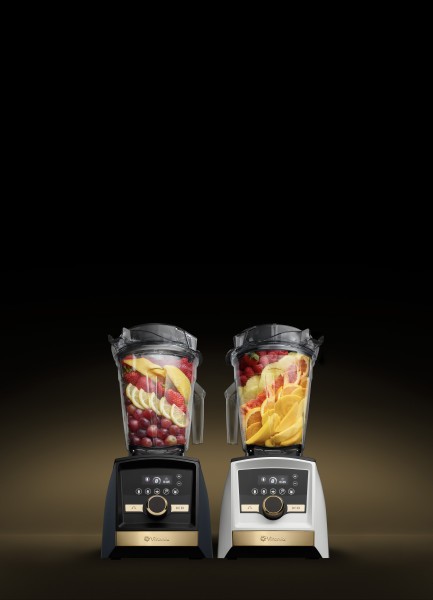

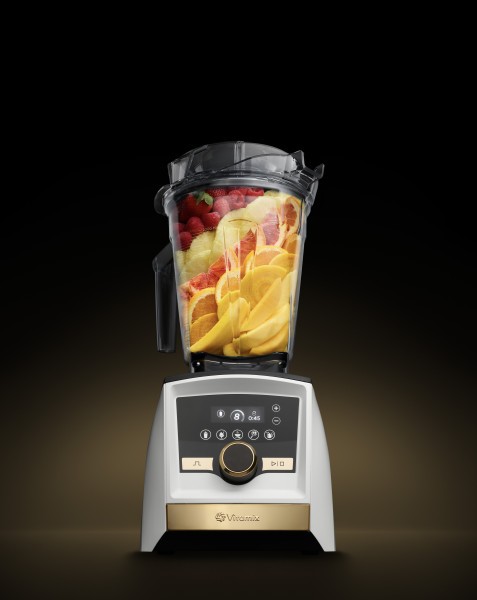




.jpg)









.jpg)





.jpeg)





.jpeg)



.jpeg)








.jpeg)



.jpeg)

.jpeg)

.jpeg)

.jpeg)




.jpeg)
.jpg)

.jpeg)






.jpeg)
.jpeg)




.jpeg)


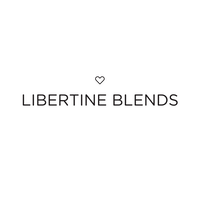
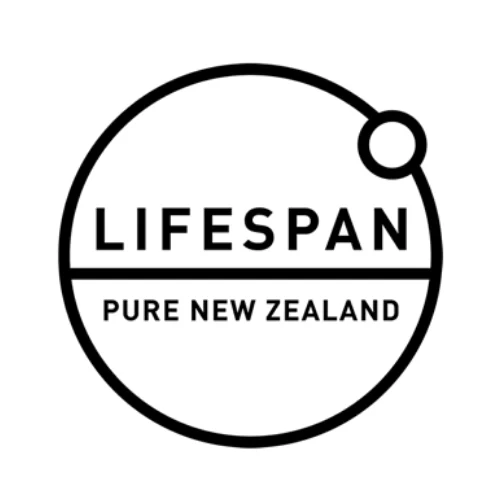

.jpeg)


.jpeg)

.jpeg)

.jpeg)

.jpeg)







.jpeg)
.jpeg)
.jpeg)





.jpeg)



.jpeg)





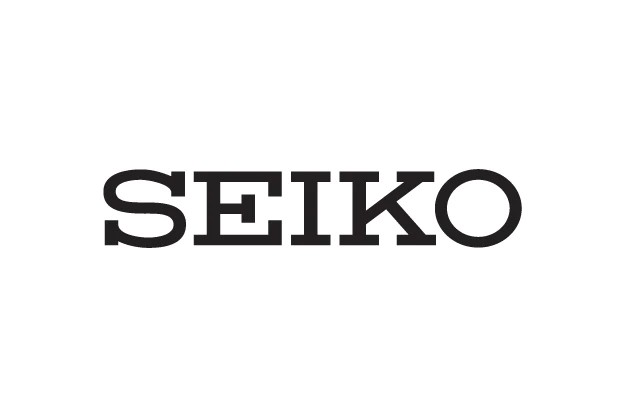
.jpg)
.jpeg)









.jpg)


ulva-Logo.jpg)




.jpeg)

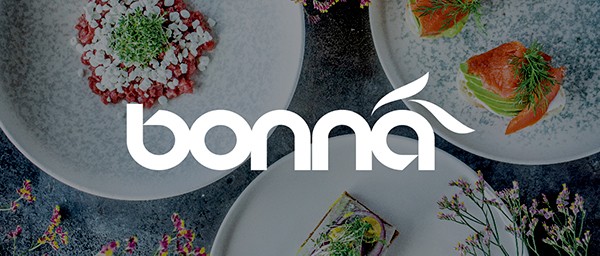

.png)
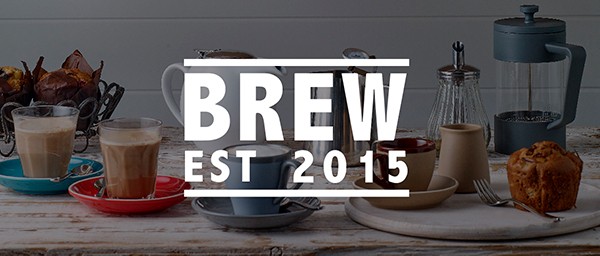

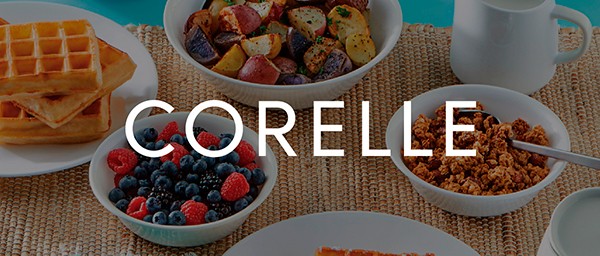

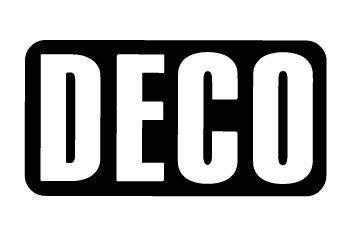
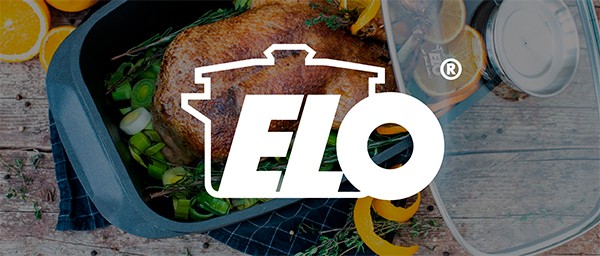
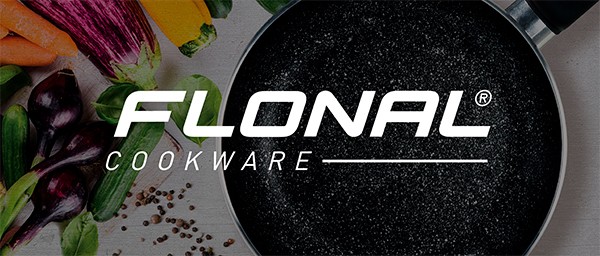







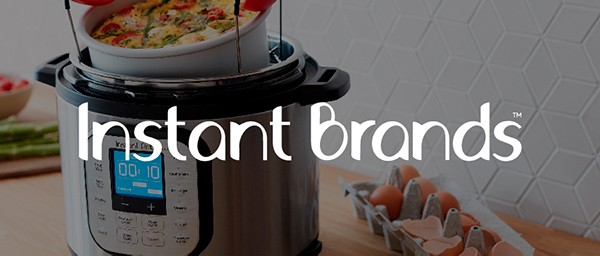
.png)
